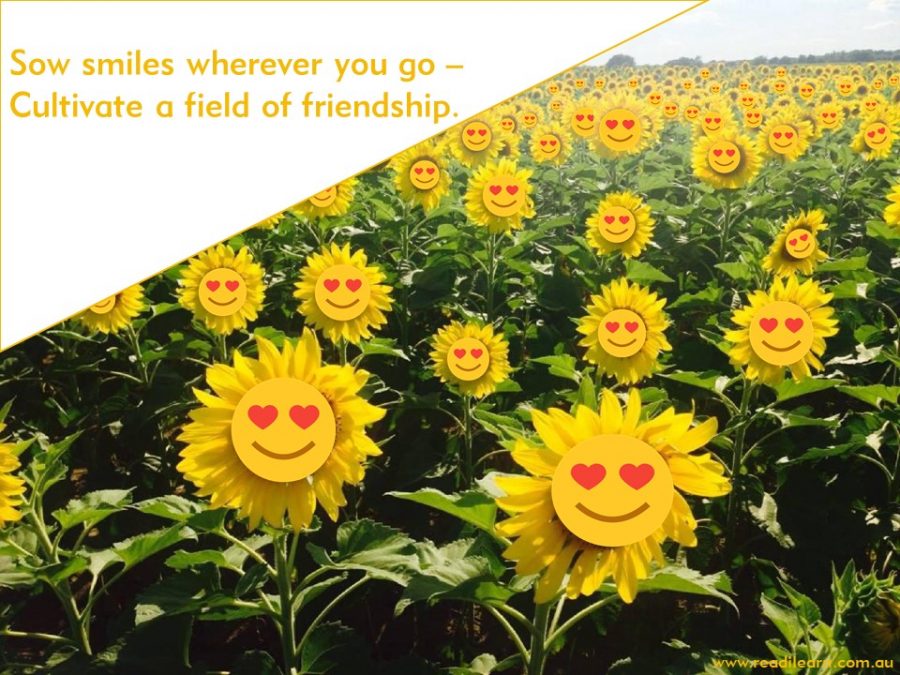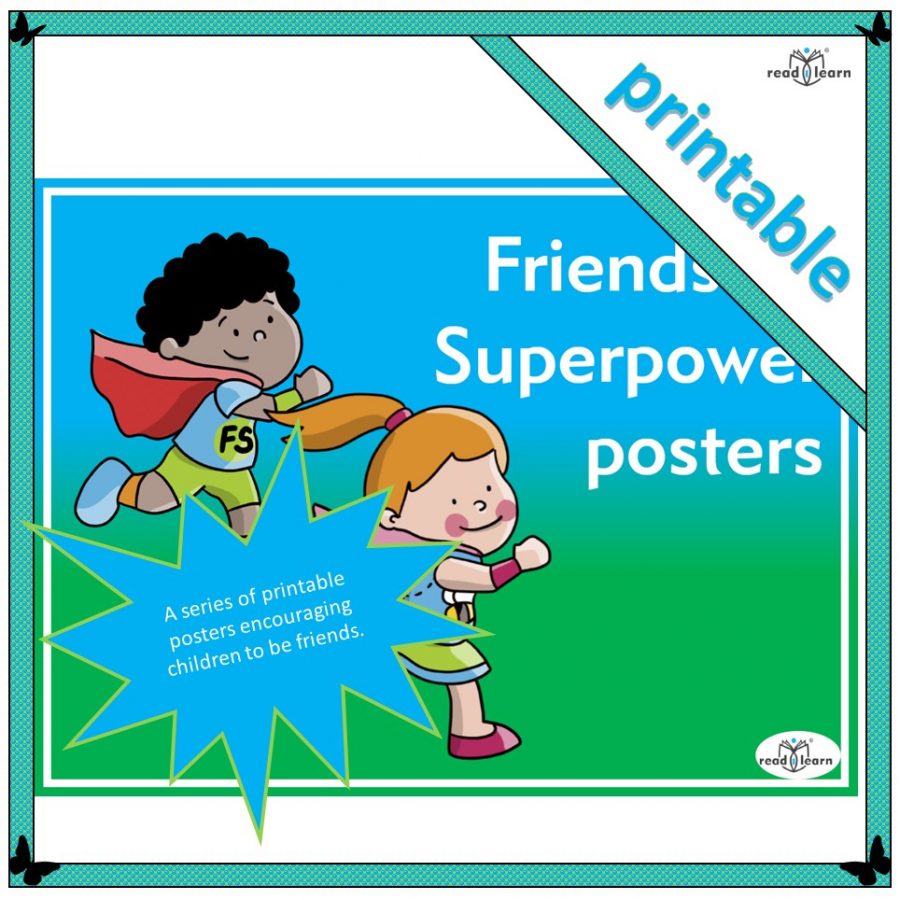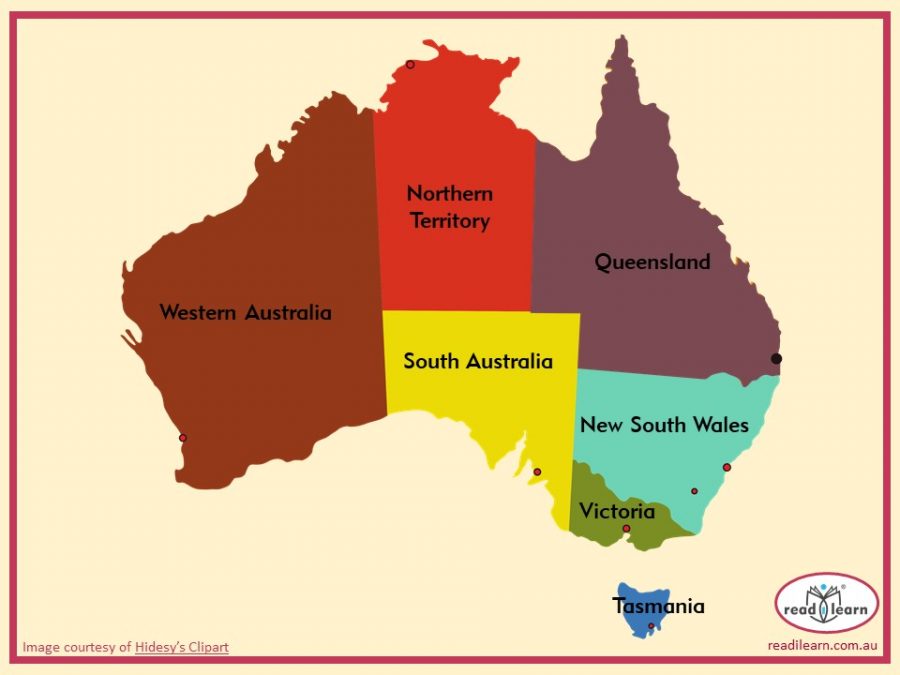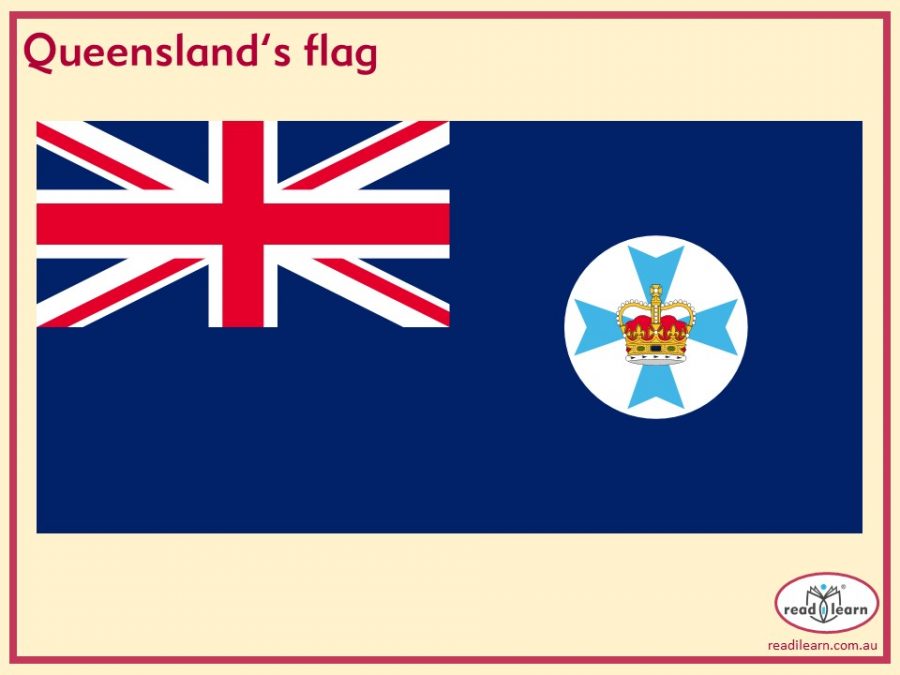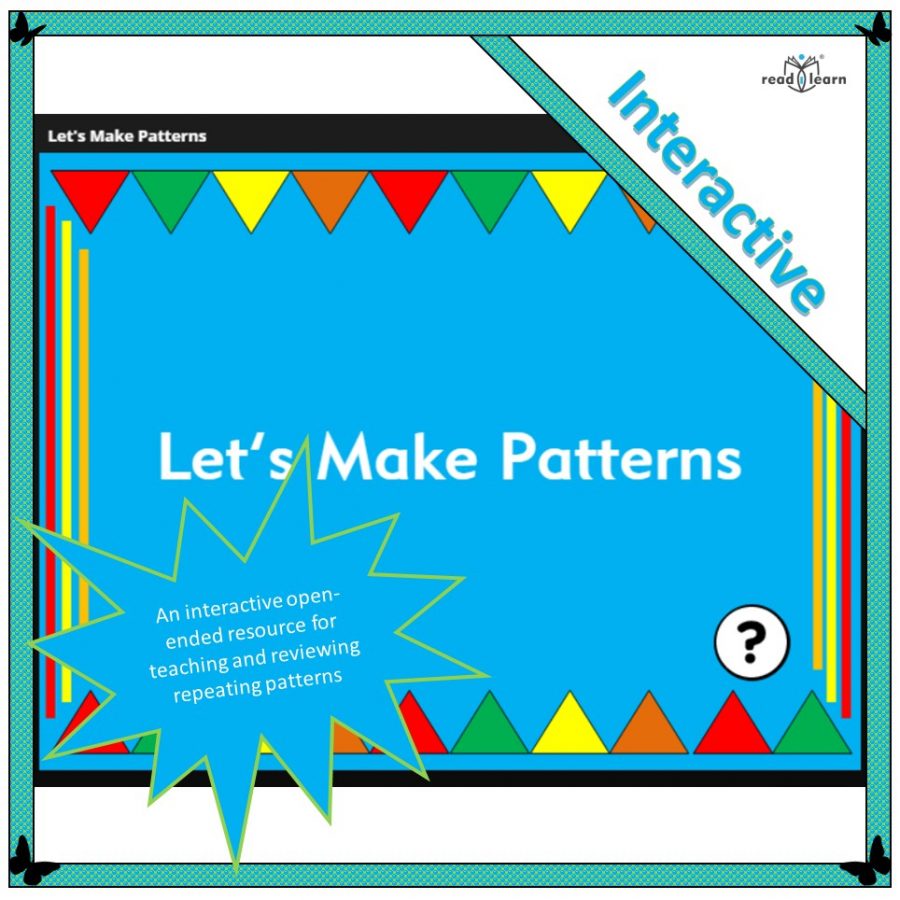Are you ready for National Simultaneous Storytime (NSS) next Wednesday 24 May?
This year’s NSS book is The Speedy Sloth, written by Rebecca Young, illustrated by Heath McKenzie and published by Scholastic.
Follow this link to the Australian Library and Information Association where you can register for the event and download some wonderful (and free) teaching resources.
About The Speedy Sloth
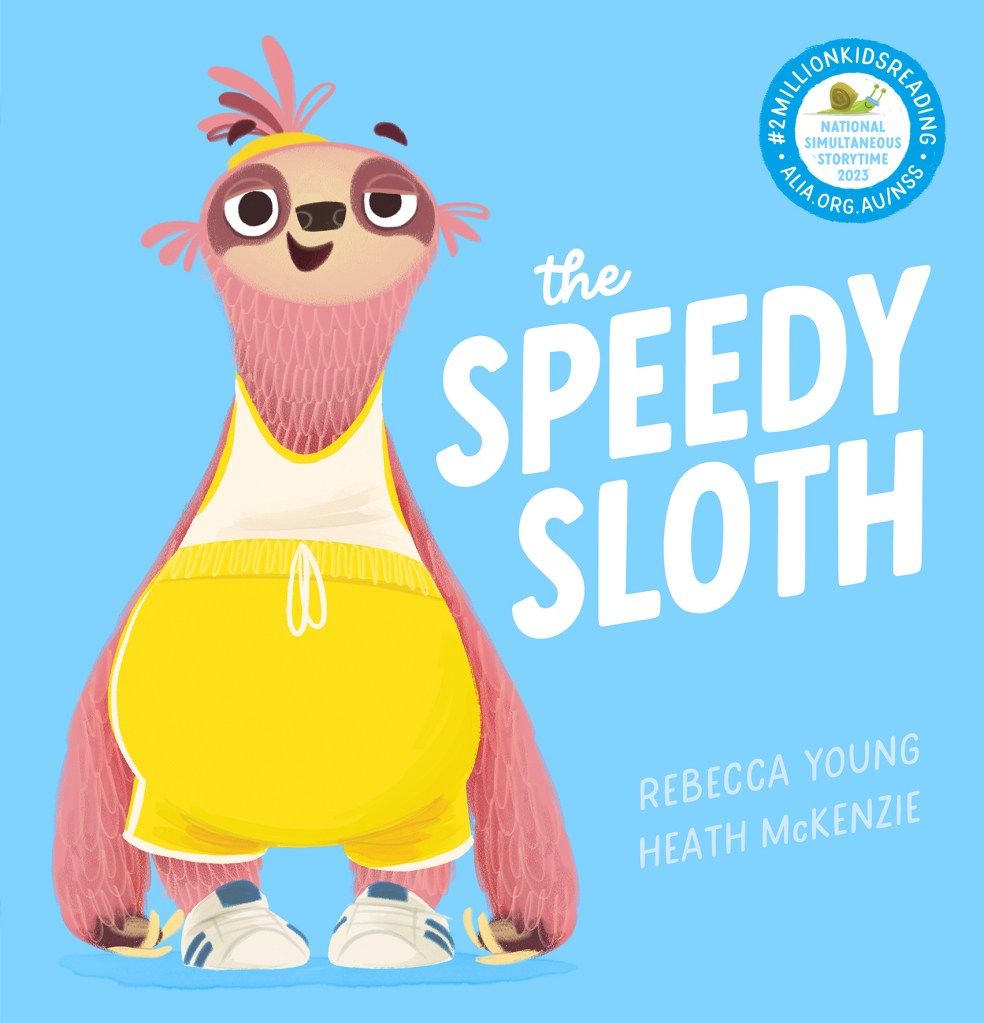
The blurb
It was finally time for the event of the year,
Spike couldn’t believe it—
THE GREAT RACE was here!
The other sloths said it couldn’t be done,
but Spike didn’t care, she was ready to run!
About the author
Rebecca Young is an award-winning author from Sydney. Her first book, Button Boy, illustrated by Sue deGennaro, was a Notable Book for the 2012 CBCA Awards and has been published internationally. In 2016, Teacup, illustrated by Matt Ottley, won the Patricia Wrightson Prize for Children’s Literature in the NSW Premier’s Literacy Awards.
About the illustrator
Heath McKenzie is an award-winning children’s book illustrator who has written and illustrated countless books for children. Heath lives in Melbourne with his wife, two kids, dog, and a fish that he considers more of a lodger than a family member.
About National Simultaneous Storytime
Continue reading: Race into Reading with National Simultaneous Storytime 2023 – readilearn










